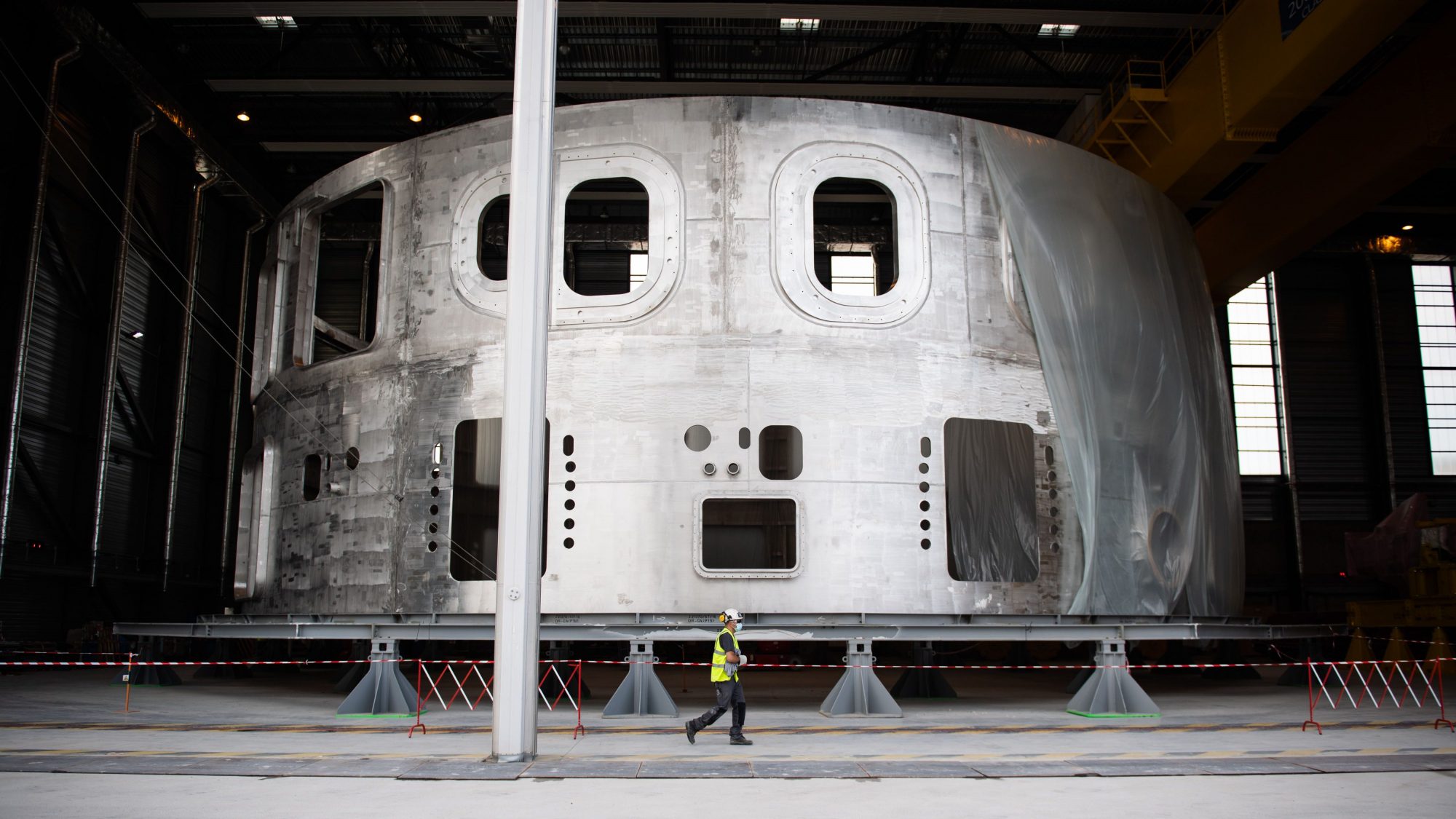If Scientists Are To Create And Harness The Unfathomable Power Of A Star, They Must Agree To Hurl Me Into It
11:41 AM EDT on September 30, 2020

Scientists at the Massachusetts Institute of Technology are developing a type of reactor, called a tokamak, which if it works as intended will generate conditions of sufficient intensity to fuse hydrogen isotopes and harness all the incredible energy released in the process. Their goal is super ambitious: There are other tokamaks, but the MIT scientists expect their large tokamak to be the first in history that is capable of a self-sustaining reaction, and the first that generates more energy than it uses. And they expect to pivot immediately from this historic engineering feat to commercial energy production, and to do all of this on a relatively modest budget, and on a timeline of just three to four years. They expect, in other words, to build the world's first fully operational thermonuclear fusion reactor, pumping out infinitely sustainable energy right here in the U.S. of A.
I expect to walk up to this tokamak, engage the help of several brawny nuclear engineers, and to be hurled bodily into the inconceivable heat and indescribable beauty of the radiant plasma cloud magnetically suspended in its core, so that I am instantaneously vaporized and eradicated altogether from this plane of existence. The sooner the better.
Initially it seemed that the best choice for this job would be the International Thermonuclear Experimental Reactor, or ITER, in Provence, France. Whereas the SPARC tokamak being developed by MIT will be the size of a tennis court, the ITER, which has been in various phases of development and construction for something like 13 years, will eventually be the size of a soccer field. The specs on this thing are mind-boggling:
At its core, densely packed high-precision equipment will encase a cavernous vacuum chamber, in which a super-hot cloud of heavy hydrogen will rotate faster than the speed of sound, twisting like a strand of DNA as it circulates. The cloud will be scorched by electric current (a surge so forceful that it will make lightning seem like a tiny arc of static electricity), and bombarded by concentrated waves of radiation. Beams of uncharged particles—the energy in them so great it could vaporize a car in seconds—will pour into the chamber, adding tremendous heat. In this way, the circulating hydrogen will become ionized, and achieve temperatures exceeding two hundred million degrees Celsius—more than ten times as hot as the sun at its blazing core.
Raffi Khatchadourian, The New Yorker
"Tremendous heat" is an understatement of brain-scrambling, laugh-out-loud proportions. This cloud of plasma will be so hot that no physical substance on Earth or known to humankind could contain it for even a fraction of a second: "Metals, plastics, ceramics, concrete, even pure diamond—all would be obliterated on contact." The only way to keep the plasma cloud in place, and thus concentrated enough to trigger nuclear fusion, is to squeeze it into a pocket of space using the "titanic forces" of "the largest system of superconducting magnets in the world," actively cooled to deep-space temperatures in order to survive the heat of an actual star.
So in an ultra-secure chamber in a pit in the countryside of Provence, a blob of the hottest substance in our entire solar system will hang in the air, consuming hydrogen isotopes and generating enough energy to turn diamonds into vapor on contact. There are those who would point out that it is probably a bad idea to let humanity just have the Sun, that inevitably some technician is going to want to pull a viral YouTube prank by aiming a beam of the God Cloud at his buddy's balls and wind up boring a hole through the planet itself. Or that a janitor will absentmindedly unplug the supercooling systems that allow the mega-magnets to contain the reaction and accidentally atomize the Western Hemisphere. Those people are probably right. Humanity can't be counted upon to safely handle livestock—putting it in charge of a star seems like something that should not be allowed, by the universe.
But since we are building these things anyway, all I ask is that I be lifted by the scruff of my shirt and the seat of my pants by two strong nuclear technicians and, on the count of three, heaved face-first into whichever of the two God Clouds is completed first. It's nice to think of all my atoms instantly dispersing into the fabric of the universe, but mostly it will be extremely bitchin' to be devoured by a star. If this cannot be arranged for whatever reason, I will accept having a beam of the star juice fired into my chest, so that I may utter "fuck yeah" before it is over.
If you liked this blog, please share it! Your referrals help Defector reach new readers, and those new readers always get a few free blogs before encountering our paywall.
Staff Writer
Read More:
Stay in touch
Sign up for our free newsletter




